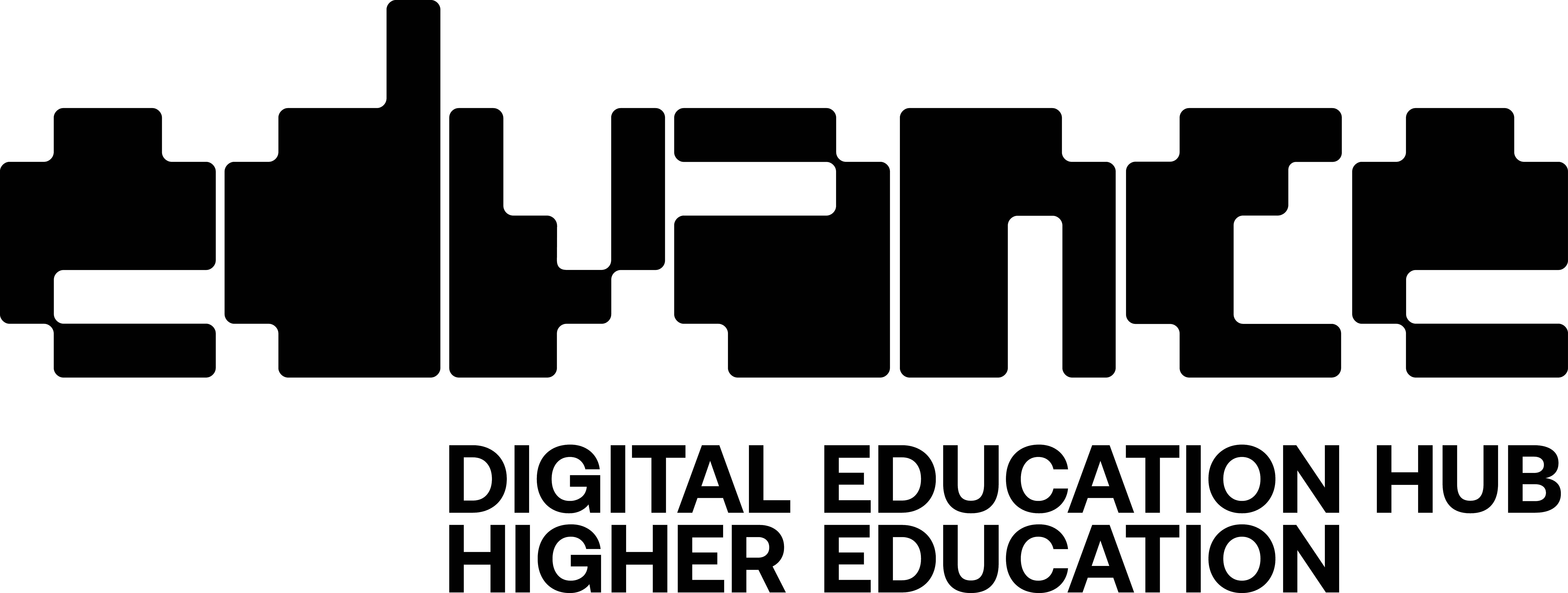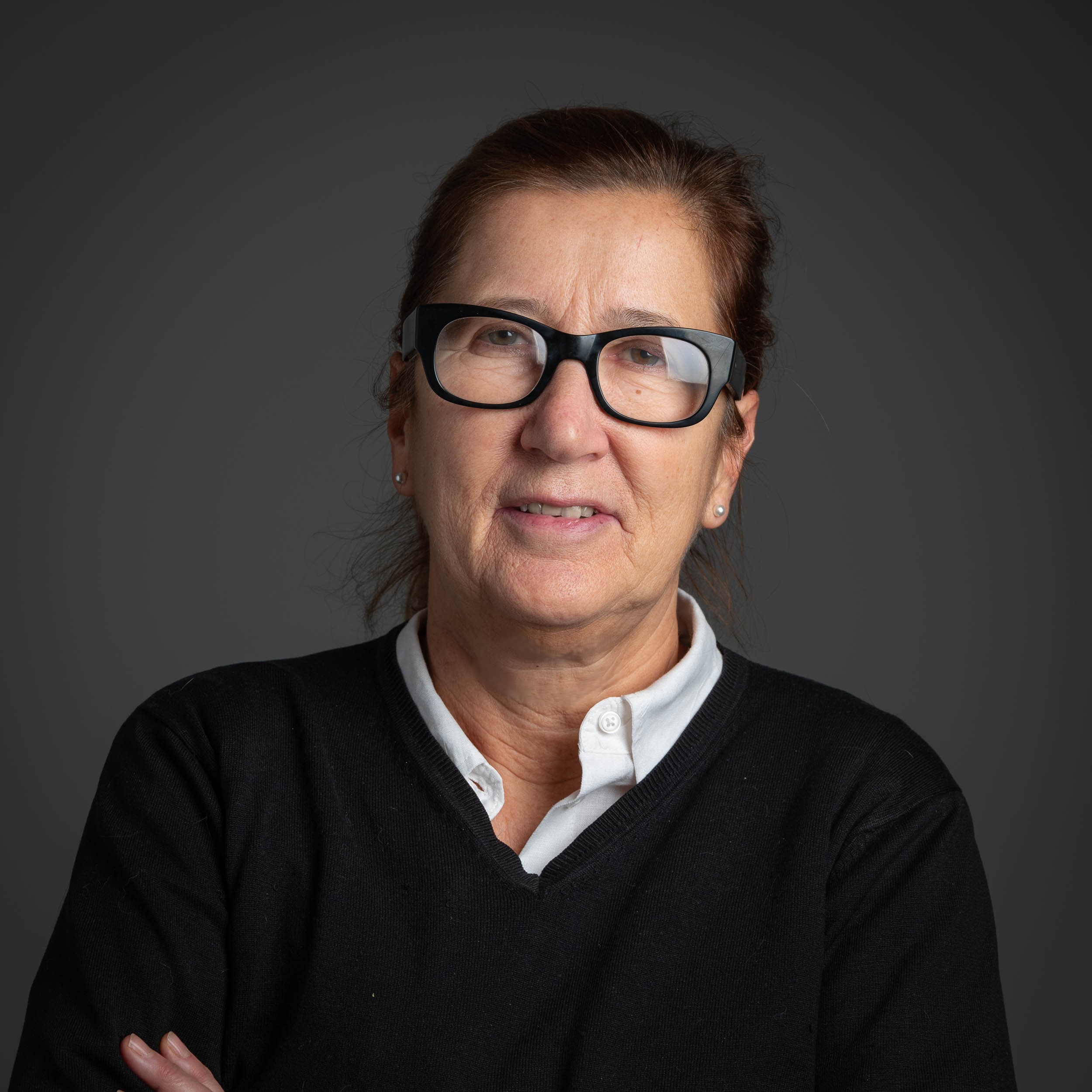Modelling our virtual world
Modelling our virtual world
From Fundamentals of Vision and simple 3D modelling to Virtual World
Course description
This MOOC focuses on digital modelling aimed at immersive enjoyment, that is, all those operations we put in place to build a 3D environment to be enjoyed in a VR setting. It is natural to turn to VR wanting to know how our senses can be involved in this process: we will explore the mechanisms of vision and how illusion plays an important role in all immersive processes. Then we will deal with different forms of modeling on the built environment, using various software that have different specificities, trying to achieve optimal results for each of them, as they were conceived; we will design workflows with the orientations that each of these platforms can provide to facilitate the choice. Finally, we will evaluate some tools to support immersiveness, tools that are now commonly used or more specific ones.
The course aims to provide a general overview of the topic of modeling for immersiveness with specific operational insights on modeling, parametric or not, with immersive purposes. It is aimed at modeling existing environments such as Cultural Heritage architecture but can also be applied to new ones.
Total workload: 5 hours (including content, exercises, and independent study).
This MOOC is provided by Politecnico di Milano.
This MOOC was produced as part of the Edvance project – Digital Education Hub per la Cultura Digitale Avanzata. The project is funded by the European Union – Next Generation EU, Component 1, Investment 3.4 “Didattica e competenze universitarie avanzate".






Intended Learning Outcomes
If you actively participate in this course, you will be able to:
-
Understand the origins and development of immersive environments
ESCO: Virtual Reality -
Produce digital models with surface modelers starting from digital surveys
ESCO: create a product's virtual model -
Produce parametric digital models and create the basis for a BIM model from point cloud surveys
ESCO: create set models -
Match photorealistic textures to digital models and deploy the content in immersive environments such as headsets, immersive theaters, and holographic tables
ESCO: holography - Evaluate the file heaviness in relation to the requirements for immersiveness
-
Choose a renderer for immersive environments and understand the differences in the information it contains
ESCO: work with virtual learning environments
Prerequisites
No prerequisite knowledge is required for this course.
Activities
In addition to accessing the course content—including video lessons and various online resources such as infographics and in-depth materials—you will have the opportunity to test your acquired knowledge through a final graded quiz, which is required to obtain the Open Badge.
Section outline
-
-
-
-
-
-
Video transcripts Folder
-
Assessment
The course includes the issuance of an Open Badge, which can be earned based on the score achieved in the graded quizzes (final quiz). You have unlimited attempts for each quiz, but you must wait 15 minutes between attempts. To successfully complete the course and obtain the certificate, you must score at least 60% of the total points in each graded quiz. The maximum score for each quiz is indicated at the beginning of the quiz. You can view your score either after your last attempt or on the "Grades" page.
Certificate
To earn the Open Badge, you must correctly answer at least 60% of the questions in each graded quiz and complete the final questionnaire.
Once you have completed the required activities, you can access the "Claim Open Badge" section to initiate the badge issuance. Instructions for accessing your badge will be sent to your email.
Please note: The Open Badge is not an official certificate and does not grant university credits, grades, or diplomas.
Information about fees and access to materials
You can access the course completely online and absolutely free of charge
Course faculty

Cecilia Bolognesi
Teacher
Architect, PhD, she is an Associate Professor of Architectural Representation, lecturer in Representation Techniques and Survey and Digital Modelling, qualified for the role of Full Professor since 2021. He is a member of the Department of Architecture, Construction Engineering and Built Environment, lecturer at the School of Architecture, Urban Planning and Construction Engineering (AUIC), former Scientific Director of LaborA, physical and digital modelling laboratory, and is the scientific coordinator of the master's program in parametric modelling Digiskills, which involves all classes of various study courses. She has several presences at international conferences and shared experiments in European projects. Her teaching and research interests include built environment modelling, parametric project modelling, visualization in collaborative immersive environments, and holography. Member of several national and international scientific societies, she is responsible for modelling and visualization at the Digital Construction Lab, ABC department.
Contact details
If you have any enquiries about the course or if you need technical assistance please contact pok@polimi.it. For further information, see FAQ page.